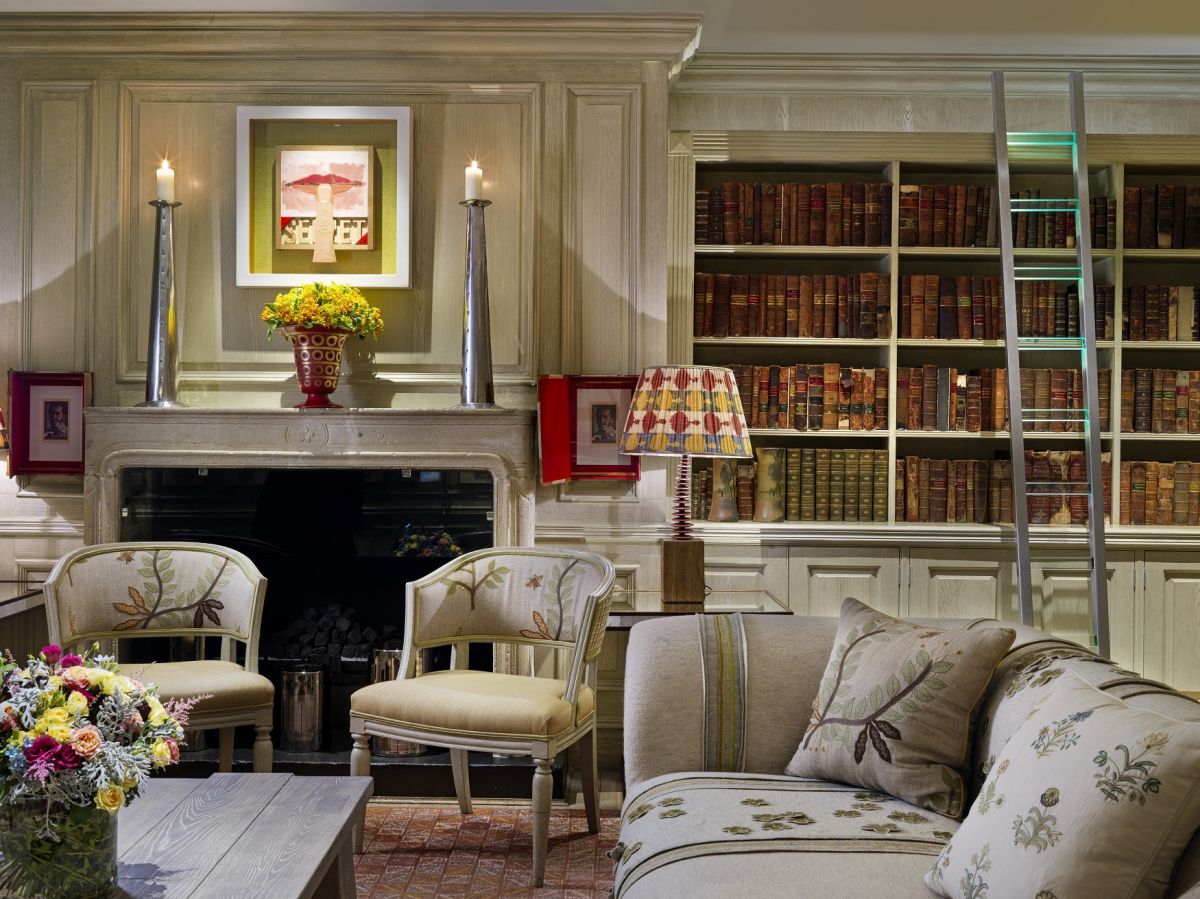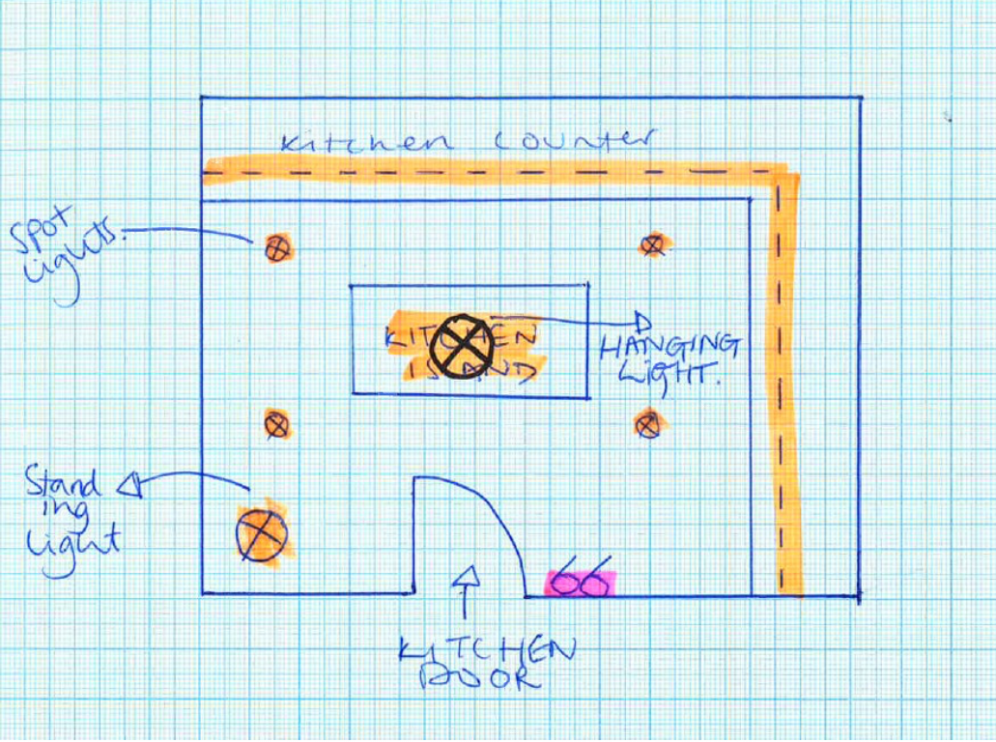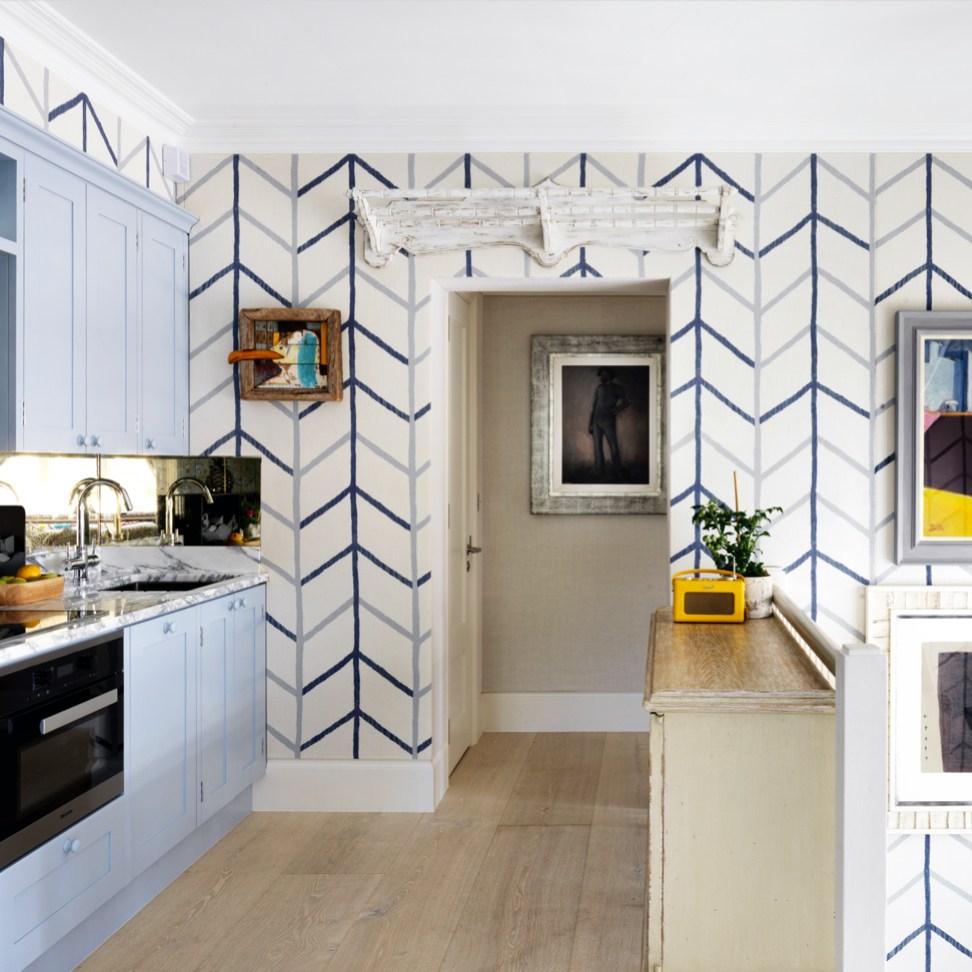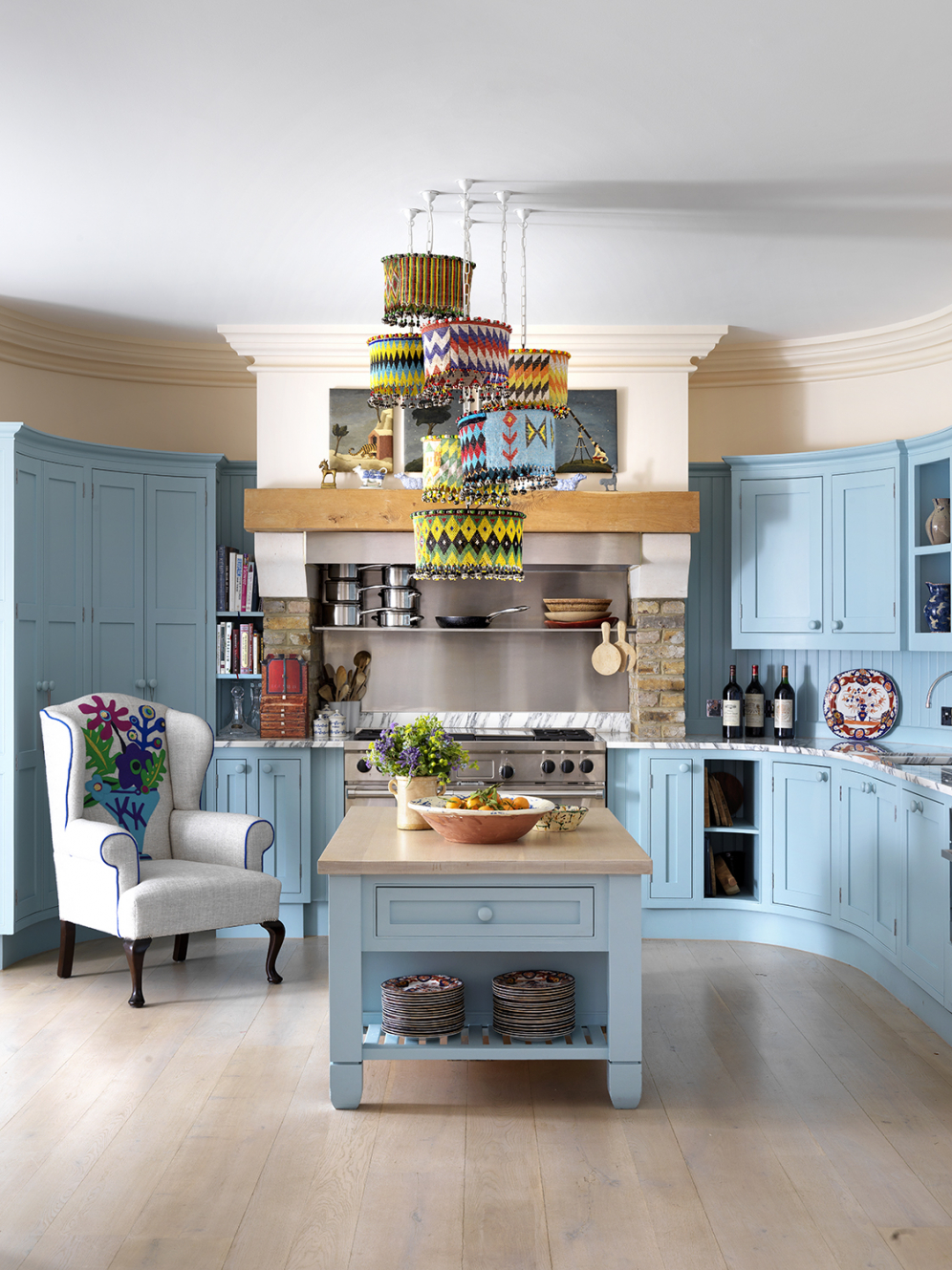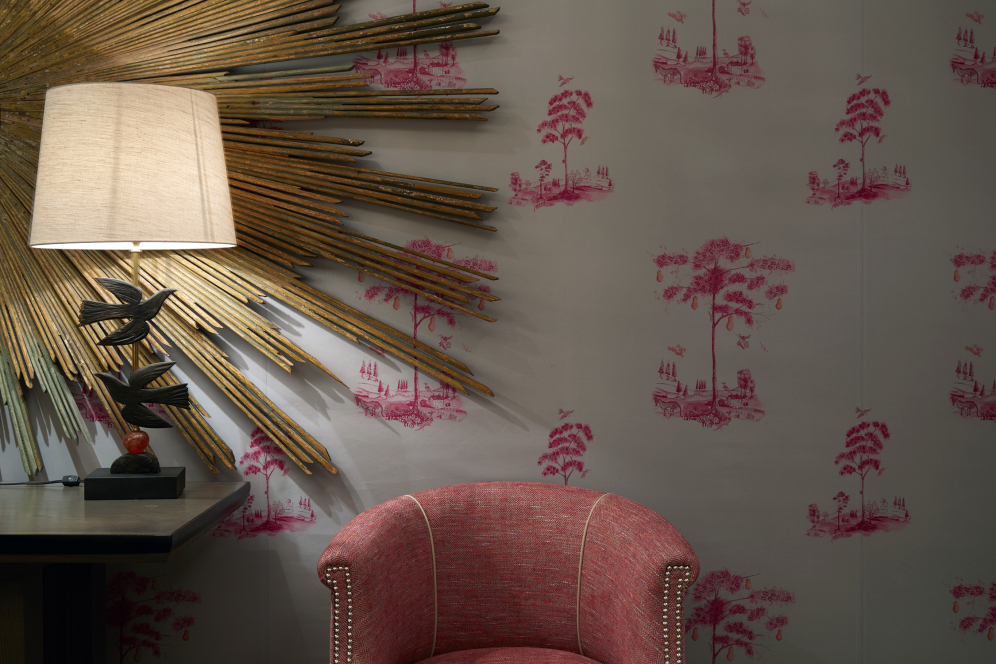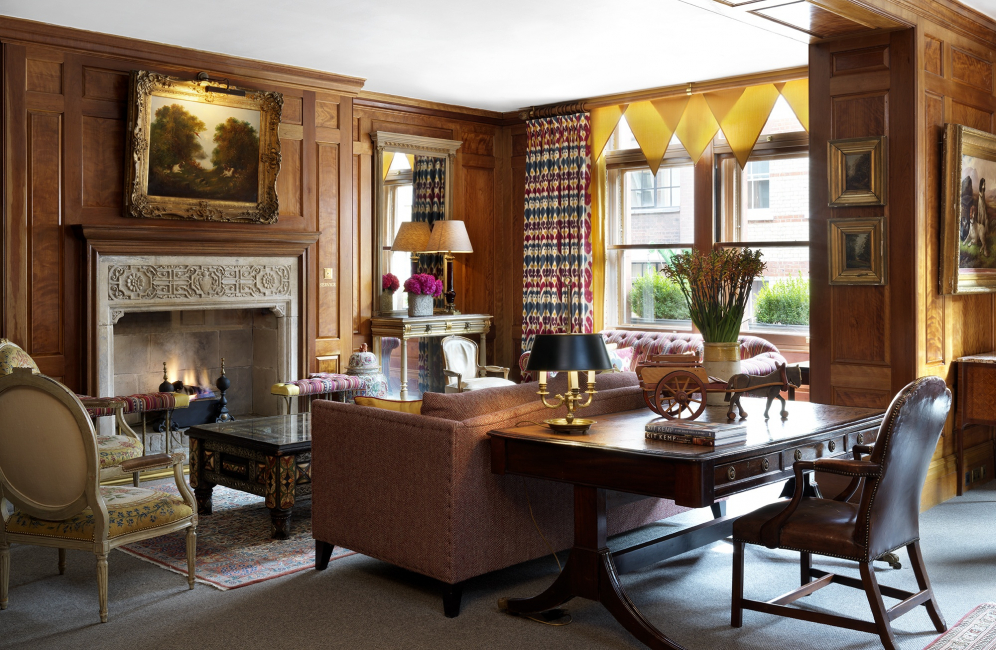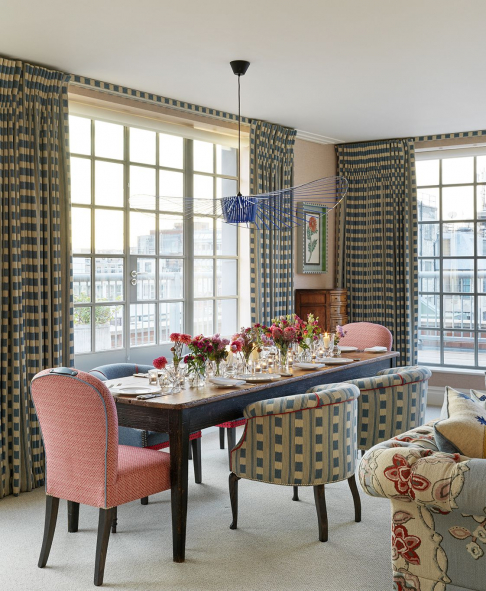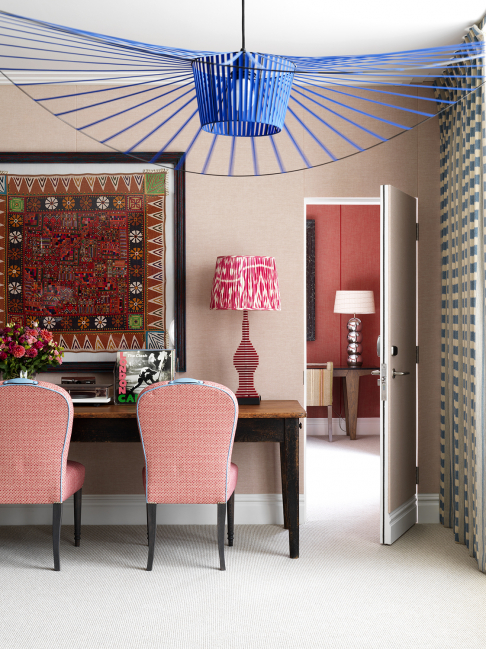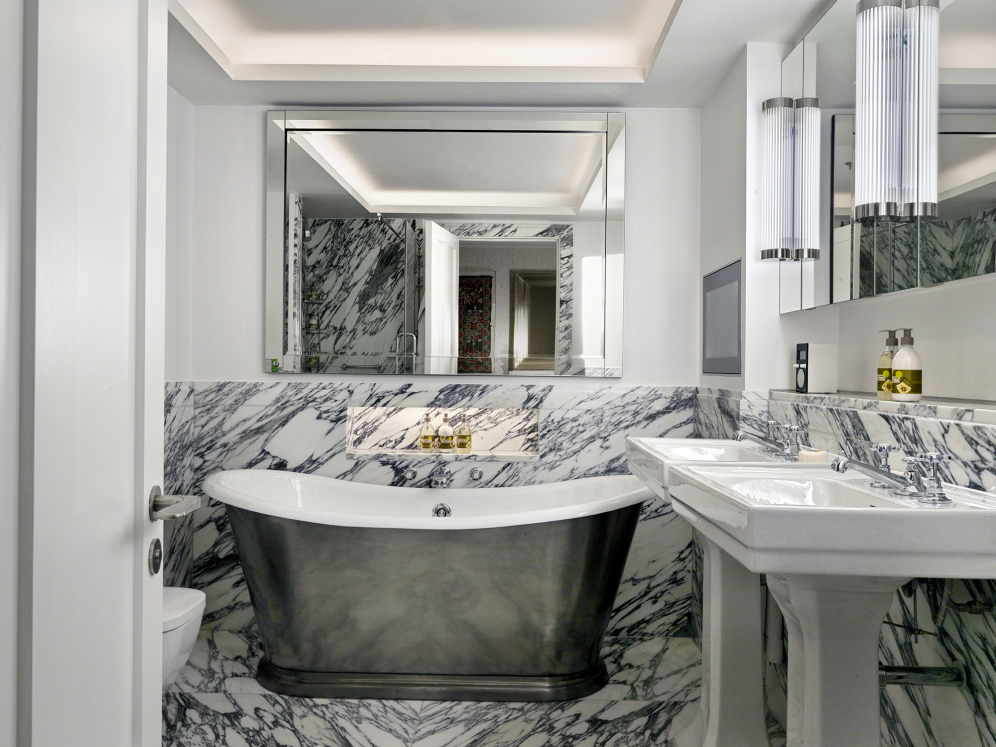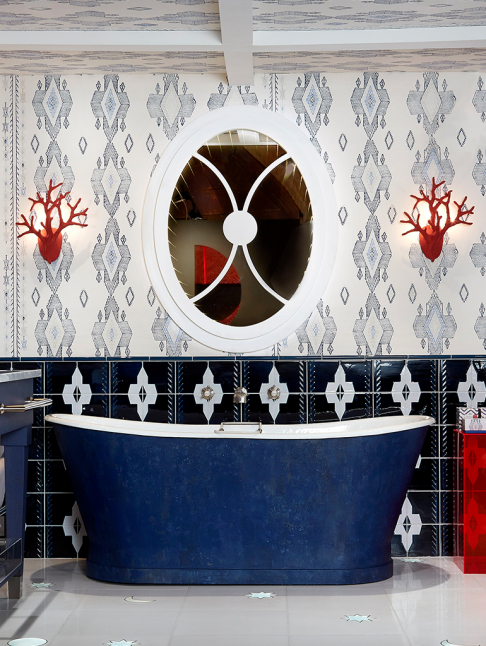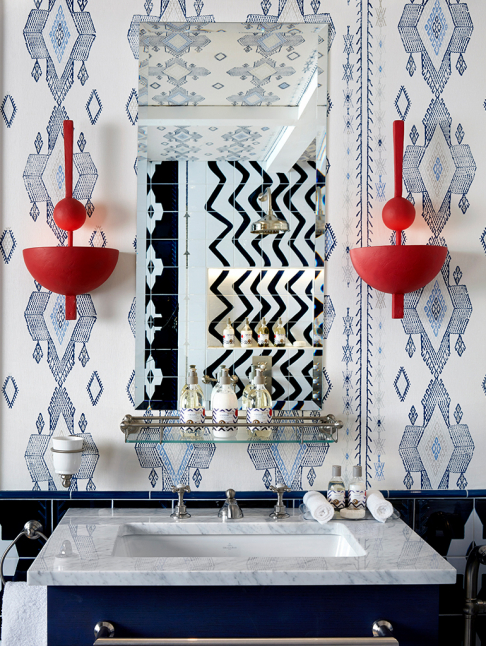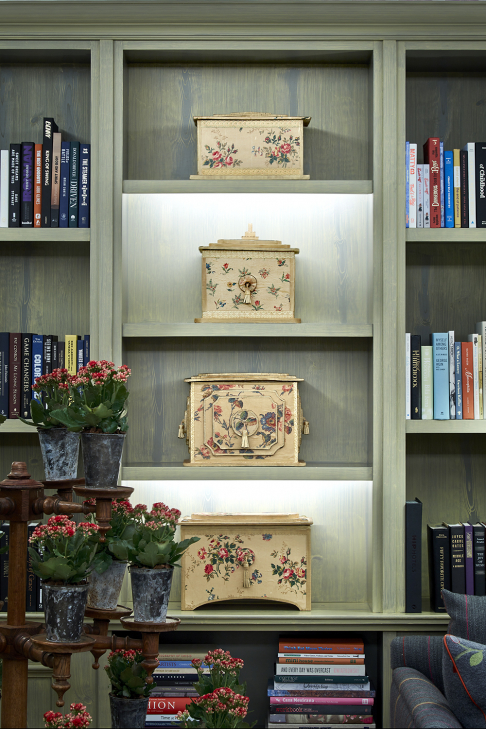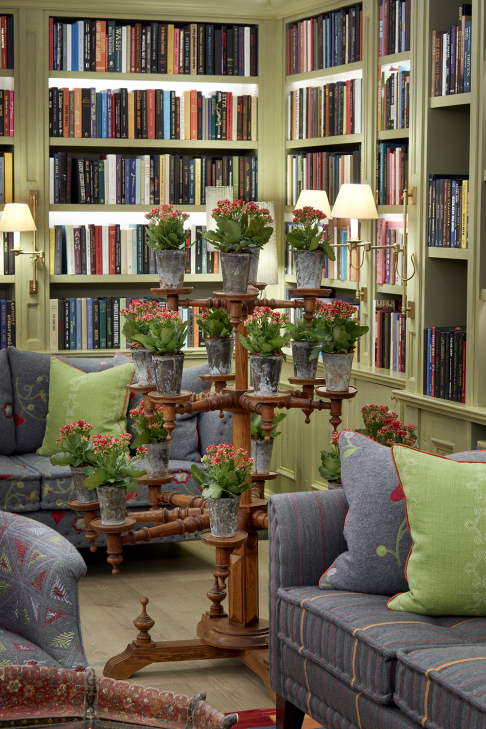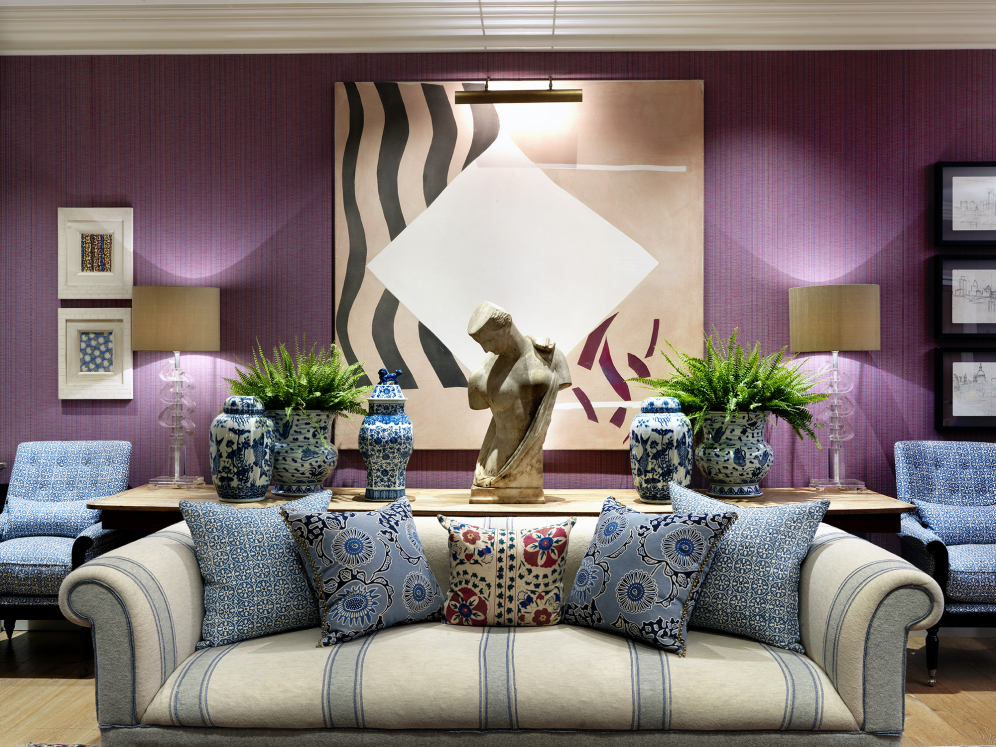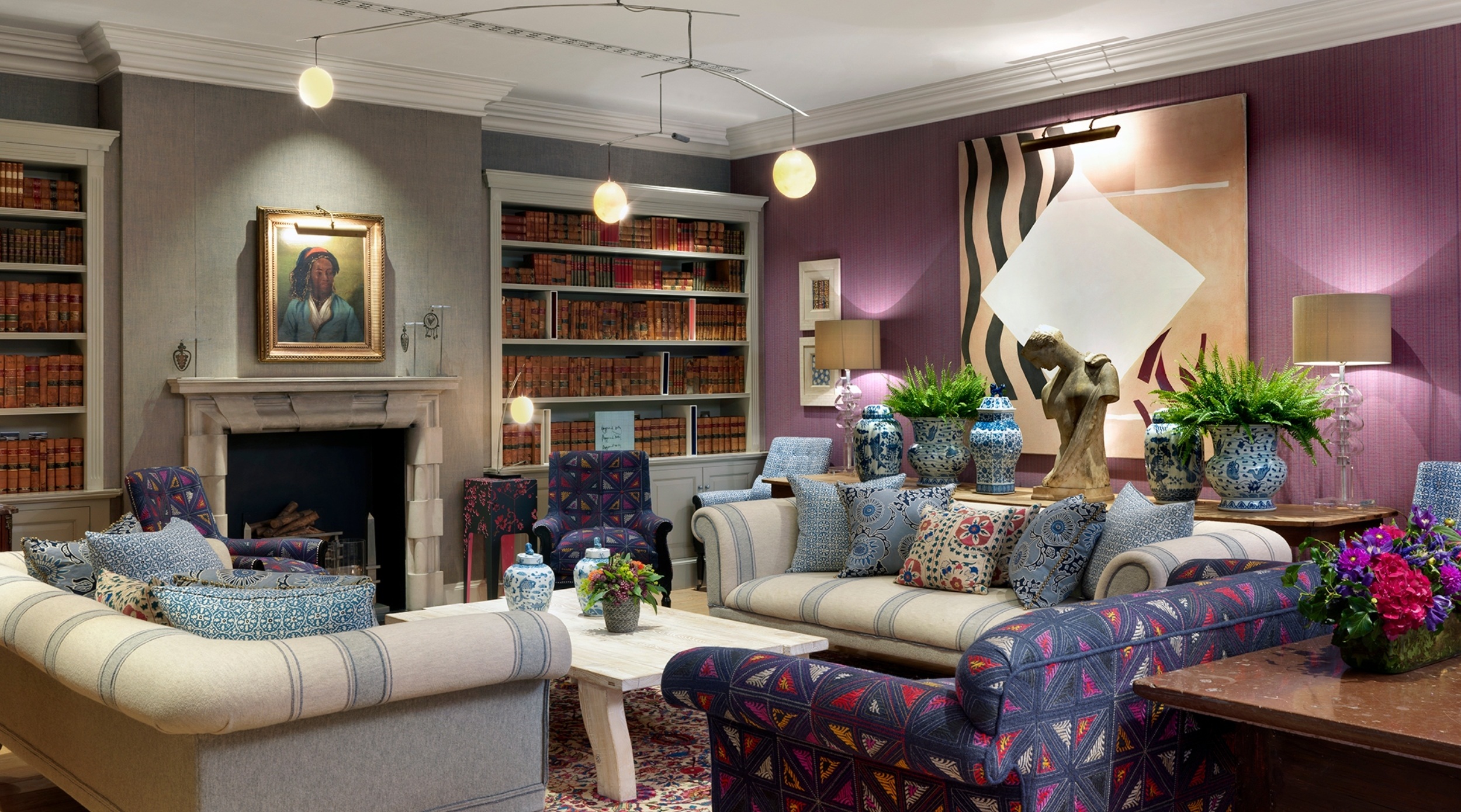
Our Dos and Don’ts of Lighting Up a Room
Winter is approaching and with that comes shorter and darker days. This can be a daunting prospect for some, but for us it’s an opportunity to focus on creative and innovative ways of using lighting in design.
While lighting is functional, there is no reason why it can’t be a talking point. This week, we have put a list together of our dos and don’ts on how to light up a room…
DO make a lighting plan
Before you think about investing in lamps and light fittings, make sure you really understand the room and think about the functions and activities that will take place there… will you be eating, reading, relaxing or working?
Don’t rush into it without gauging what type of lighting you will need for these tasks. Never rely on guesswork, we recommend drawing a simple scale plan of the room and include key features such as windows, doors and a rough furniture layout, then highlight the areas you want to light up and the types of lighting you think will be most useful.
For example, kitchens require more concentrated and direct lighting for cooking. In smaller kitchens, discreet strips of LED lighting recessed and hidden beneath wall cabinets are a fantastic way to illuminate your work surfaces.
If you have a larger kitchen with an island and high ceilings, it’s always a fun accent to have a colourful, more impactful hanging light!
DON’T overdo it with spotlights
Here at the Kit Kemp Design studio we try to avoid using spotlights where possible… especially in rooms such as living rooms, libraries and bedrooms – these spaces are meant to be warm and inviting. We tend to use low level lighting with table lamps, standing lights and picture wall lights.
Often spotlights can be overbearing and garish, and ruin the look of a ceiling. However, don’t abandon spotlights completely. Our top tip is to only use them where necessary and put them on a dimmer switch so you can soften or brighten the glow. They also work well positioned just in front of or inside a wardrobe in a bedroom so you can see everything inside.
Uplighters in the corner of a room can often help make a space feel bigger. An uplight behind a sculpture or table in a corner can create a real focal point by highlighting the object and creating interesting shadows leading your eye further into the space.
DO make a statement
One of the most frequently used light features is the chandelier. We like to find modern alternatives to the old fashioned crystal chandeliers, replicating the grandeur and drama but for a modern setting.
We love this fabulously contemporary blue chandelier in the newly refurbished Terrace Suite at The Soho Hotel.
In large open spaces with high ceilings, it is always better to size up. The Shooting Gallery at Haymarket Hotel is a vast open space which is 60 foot long and 18 feet tall and has the elegance of a Regency ballroom. To make a statement we installed these fabulous chunky mud bead chandeliers which are a combination of contemporary and traditional – fitting perfectly within this glorious setting.
DON’T forget the importance of bathroom lighting
So many people rely on a single central light fitting in bathrooms, but overhead lighting alone can cast shadows which can be frustrating when trying to apply makeup or shaving.
Proper task lighting is important, so some strategically placed spotlights by the entrance and above the shower is key. The best lighting for in front of the mirror is wall lights placed either side. We like to use pillar lights from Original BTC as these give an even and flattering light. Courtesy lights can be useful for night time as they can be set on a sensor, so they come on automatically and they have a dim glow.
Last year we created a bathroom for C.P Hart. Above the free-standing gunmetal blue bath, we created a bullseye infinity mirror which acts as an imaginary window, adding depth and starlight beyond the room.
We added texture by using these organic coral shaped lights. Either side of the mirror we used more graphic wall lights from Porta Romana.
DO consider the detailing in lighting
It is often easy to forget about bookshelves and shadow gaps but these details can make all the difference. By installing recess LED strip lights in your shelving, you will make a library space come alive. Books should be celebrated and not forgotten.
Another detail which is VERY important is the use of a 5 AMP plug socket! We know electrics can seem daunting and confusing, but 5 AMP plug circuits are a lifesaver. In simple terms, you can plug in all your standing and table lamps and have them all connected to one switch at the door. This will save so much time going round the room turning lamps off individually.
There is SO much to think about when it comes to lighting, but these points are our starter guide! We hope you find it useful and inspiring.

